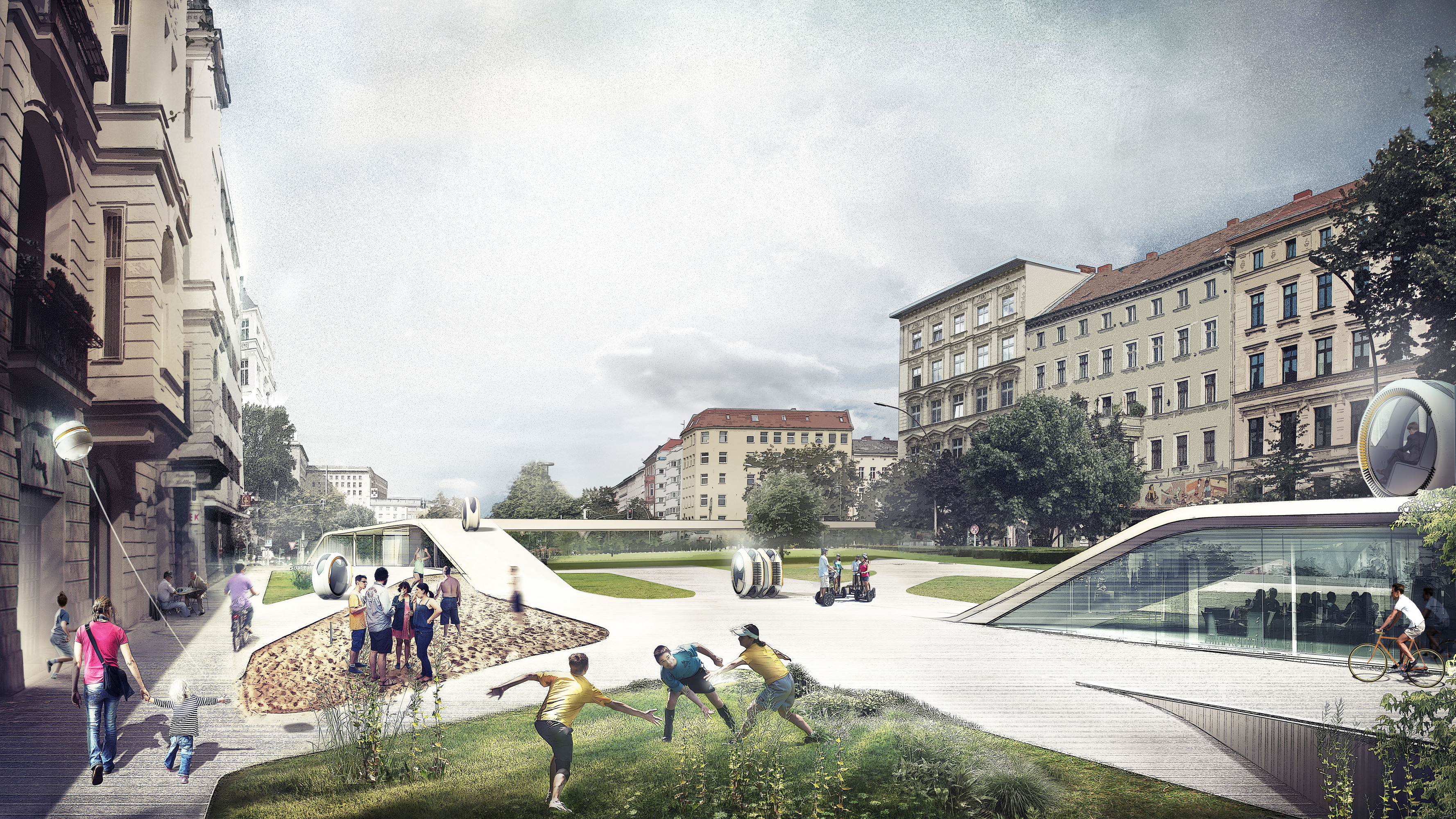Oct. 10, 2016 Ι OZY.com
Look, we all want to save the planet, but don’t assume thin-as-paper solar panels blanketing every building will rescue us from fossil fuel oblivion. And don’t think apps that crowdsource microlendingwill lessen global inequality. In fact, don’t expect technology alone to solve any of our most pressing global problems, especially when it comes to cities, where two-thirds of humanity will reside by 2050. Instead, some scientists argue, nature holds the secret to planning sustainable new urban areas and retrofitting existing ones.
Biomimicry is the science of examining how nature solves problems and applying those lessons to the human-designed world. And with 3.8 billion years of experimentation — that’s how long life has been on Earth — nature is a supreme designer. Think about it: Nature allows nothing to go to waste. It recycles water, soil, carbon and air to sustain all habitats. Technology might be needed to translate these solutions into human tools, but the design templates for decoding intricate relationships already exist. Consider the pollinator insects and how they help plants reproduce while getting a meal. Cue the soundtrack for a recycled “Circle of Life” hippie worldview? Maybe, but it’s actually a new way for designers to apply “systems thinking” to complicated challenges.
Urban transportation networks are especially well suited to receive fresh thinking inspired by nature because of their complexity and large scale. The Flywheel, a driverless, modular vehicle developed by German architect Max Schwitalla, looks at the tiniest element of life — the cell — as a model for an entire city’s transit system. Within cells, motor proteins deliver supplies by using tendrils to claw along microtubules, which function as infinitesimal roadways. This locomotion system inspired Schwitalla and his team, which includes a biochemist and a transit expert, to create a vehicle that combines cabin, motor and wheel into a single module. The design is more space-efficient and simpler than ones with four (or more) wheels making contact with the road. Instead of tendrils, the Flywheel uses an integrated wheel system that runs on a track. One option Schwitalla and company are considering: Attach the device to the track pneumatically so that the track moves, not the module. That would enable the Flywheel to glide horizontally or vertically, since the track could orbit it 360 degrees. “It allows the cabin to be free-floating,” Schwitalla says. “It can go up and down to any extreme inclination.” Like microtubules, it allows movement across all dimensions as a “spatial solution rather than a linear or planar solution like a car.”
Water systems also are prime turf for natural inspiration. Take the hillside Indian village of Lavasa. During monsoon season, it’s drenched with 27 feet of water and its soil erodes. How do the nearby forests of the Western Ghats mountains cope? Basically, with layered barriers: tree canopies, shrubs and forest-floor debris. By the time a raindrop hits the ground, it’s been shedding speed by bouncing from surface to surface so that it is gently absorbed into the soil. When Lavasa officials asked HOK to drum up a plan for a new district with 30,000 inhabitants, the firm’s designers applied their woodland observations. Working with the experts at Biomimicry 3.8, based in Missoula, Montana, HOK stipulated a rule of three: Raindrops must hit three surfaces before reaching the ground. The requirement resulted in dense tree and shrub plantings and large, terraced overhangs. Another HOK recommendation to reduce soil erosion: Use natural additives the way termites mix small soil particles with saliva to form a weather-resistant surface. “Rather than building a bazillion retaining walls everywhere, [we looked for] a soil additive that would help to stabilize moderate slopes,” says Chris Fannin, an urban planner with HOK.
In Seattle, the nonprofit Urban Greenprint is taking these city-as-forest principles even further. Partnering with Biomimicry 3.8, Urban Greenprint has teamed with engineers, biologists, civic leaders and designers to find ways to prevent polluted runoff from flowing into Puget Sound. In the Pacific Northwest, only half of the rainfall remains in forest soils. Evaporation draws off most of it, while trees and other vegetation absorb the rest and return it to the atmosphere as water vapor in a process called evapotranspiration. Urban Greenprint looks to tree canopies to slow down water flow, like Lavasa, as well as vegetation such as moss and tree bark that use complex geometry to hold water like a sponge. “So how can we re-create a very textured sort of surface on our buildings?” asks sustainability consultant and Urban Greenprint co-founder Jennifer Barnes. Biologists have noted how pine needles spear raindrops, breaking them into smaller droplets to create an idyllic forest mist. Barnes wonders, “[Can] we repeat that with a wire sculpture on the roof, or in the way we design overhangs?”
Not much research has been done on exactly how these natural processes work, which prompts what Barnes calls the “crazy questions” she and her colleagues send to their cadre of engineering experts. It sounds like a Confucian riddle — how fast does a raindrop need to fall to be split by a pine needle? — but it’s really the ground floor of research that’s needed to break down mechanical properties for the benefit of eco-cities.
Fuzzy buildings that hold water might not sound like a radical reenvisioning of the urban environment, but the logical extension of this process would result in a bizarre, alien cityscape: a place with no external flat, smooth surfaces, a place where everything is absorbent like moss, textured like ferns and knotted like an old tree. “Buildings will look entirely different,” says Greenprint co-founder Alexandra Ramsden. “We’d like to turn it on its head entirely.”
